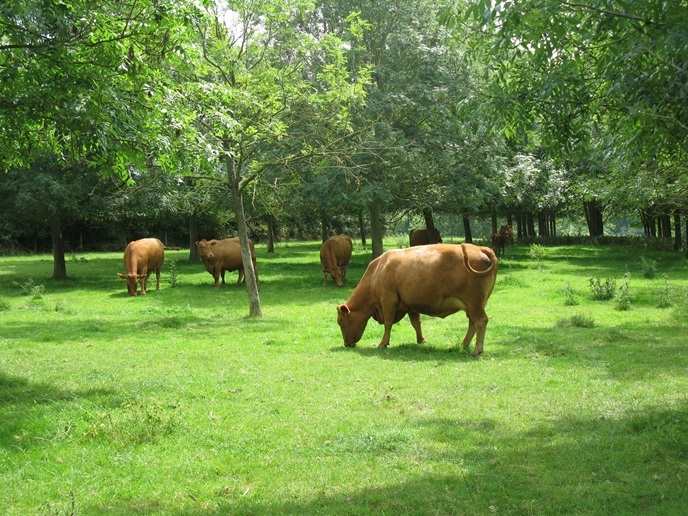New strategies for climate-resilient, biodiverse forests
The important environmental and economic roles that forests play are widely known. They provide habitats for huge numbers of living organisms, help to control precipitation, evaporation and water flows, and prevent soil erosion. In addition, forests provide timber, as well as a wide variety of non-wood forest products. These include fruit, resins and medicines. As Europe moves away from fossil fuels, demand for forest biomass is expected to continue increase. This trend presents a threat to existing forest ecosystems, which are already under pressure from climate change and invasive species with no natural predators. There is growing awareness among experts of the need for new adaptive strategies to keep the multifunctionality of our precious forests.
Strengthened forest resilience
The aim of the EU-funded B4EST(opens in new window) project was to address these threats by increasing forest resilience and productivity with adapted forest genetic resources. Central to this approach was the promotion of a concept called new adaptive breeding. This approach takes into account climate change impacts and the resilience of various tree species, with the aim of fostering biodiversity and a competitive EU bio-based economy(opens in new window). “New adaptive breeding is fundamental to developing regional and national forest strategies for climate change mitigation and adaptation,” explains B4EST project coordinator Catherine Bastien from INRAE(opens in new window) in France. The project began with a comprehensive analysis of the adaptive capacity of various tree species, both native and exotic in European forests. This involved assessing their tolerance to various stress factors. Genome-based information and genomic tools were then integrated into breeding strategies, and performance prediction models combined with climatic scenarios.
Planning adaptation strategies for forests
Guidelines for four different regions in Europe – Nordics, Scottish woodlands, Atlantic coast range and Alluvial plains in central and southern Europe – were developed. Research teams identified the most important challenges and goals related to the use of improved forest reproductive material, and outlined alternative management strategies. “The B4EST project has provided better scientific knowledge of species that are vulnerable to change, and of the trade-offs between productivity, resilience and reproductive capacity,” says Bastien. “New results did not show evident limitations for multi-trait breeding, which is very good news for developing forests with high adaptative capacities.”
Tools that enable better forestry management
The project also developed tools to help scientists and forest practitioners to evaluate climate change impacts and plan adaptation strategies. These resources – called the Climate Matching Tool(opens in new window) and the Climate Downscaling Tool(opens in new window) – are freely available to download, and provide easy access to historical and future climate data. Three new genotyping tools were also developed for six major European tree species. “Two other decision support tools were developed for foresters to use,” notes Bastien. “The Planter’s guide(opens in new window) is focused on Scots pine and Norway spruce, to help users to select optimal seed sources in current and future climatic conditions.” A second simulation tool(opens in new window) aims to help forest managers to investigate the impacts of different climate scenarios on genetic diversity. Bastien and her team believe that these insights and tools will greatly benefit forest managers and policymakers, at a time when climate change impacts have become a reality. “Forestry experts – as well as conservation communities – now have access to all project developments, as well as updated breeding guidelines,” she adds. “Tree breeding needs to be organised and undertaken in a more collaborative way, and B4EST has provided up-to-date research-based information to help achieve this.”







